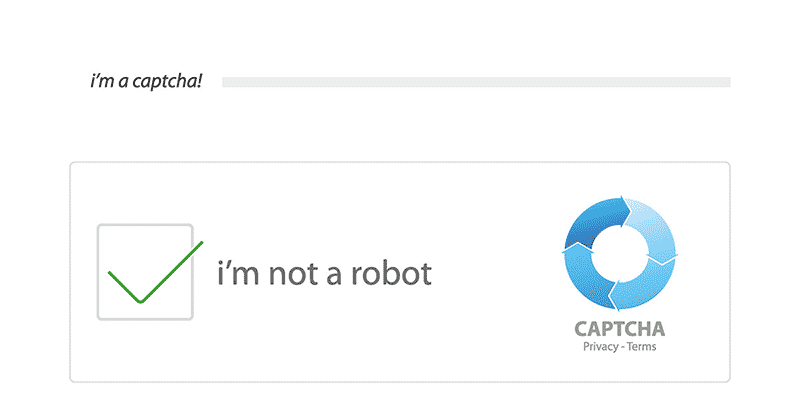

Such tests are standard in login structures, account information exchange structures, online audits, and web business checkout pages. On the off chance that the letters don't work with, clients are actuated to attempt once more. To coast through the evaluation, clients need to interpret the twisted substance, type the right letters into a plan field, and present the development. The letters are misshaped with the target that bots are not committed to have the choice to recollect them. Hence, it’s considered a viable tool to control undesirable website access.Ĭustomers should separate letters in exemplary CAPTCHAs, which are as yet being used on certain online areas today. That makes it tougher for bots as well as and computers. In 2016, Jason Polakis, a professor specializing at Computer Science, worked on the difficulty level of CAPTCHA and figured out that the algorithm is so complex that even humans can fail to recognize the images. The Turing test, a critical aspect of CAPTCHA, was formed by a notorious scientist, Alan Turing. The core of this algorithm is the use of AI to figure out to which extent a computer can match human intelligence. Its core aim was to separate computers and humans without any human intervention. The team officially named the algorithm as CAPTCHA, which denotes Completely Automated Public Turing Test. These people were the top talents at popular organizations like IBM and Carnegie Mellon University. Despite the commendable efforts of Broder, the algorithm still had the scope for improvement, which was seized by a team of scientists in 2003. As humans can easily identify the image, they won’t have any issues accessing the website.īroder and his team worked extensively on the algorithm and got the patent in 2001. The algorithm was based on the hypothesis that if these surge URLs are created by a bot or computer, CAPTCHA can stop them from visiting the website as they won’t be able to identify the images. The algorithm was capable of introducing a series of auto-generated and random images with printed text just before the website. To solve this issue, the then chief scientist of AltaVista, Andrei Broder, created an algorithm that later became famous as CAPTCHA. To surprise you, it dates back to the time when the Internet was evolving, and search engines were not that advanced at that point in time.Īround 1997, AltaVista (a primitive search engine of that decade) was having a tough time fixing the high number of auto URL assets that were hampering its website ranking process severely. Let’s find out when, how, and how CAPTCHA came into being.


 0 kommentar(er)
0 kommentar(er)
